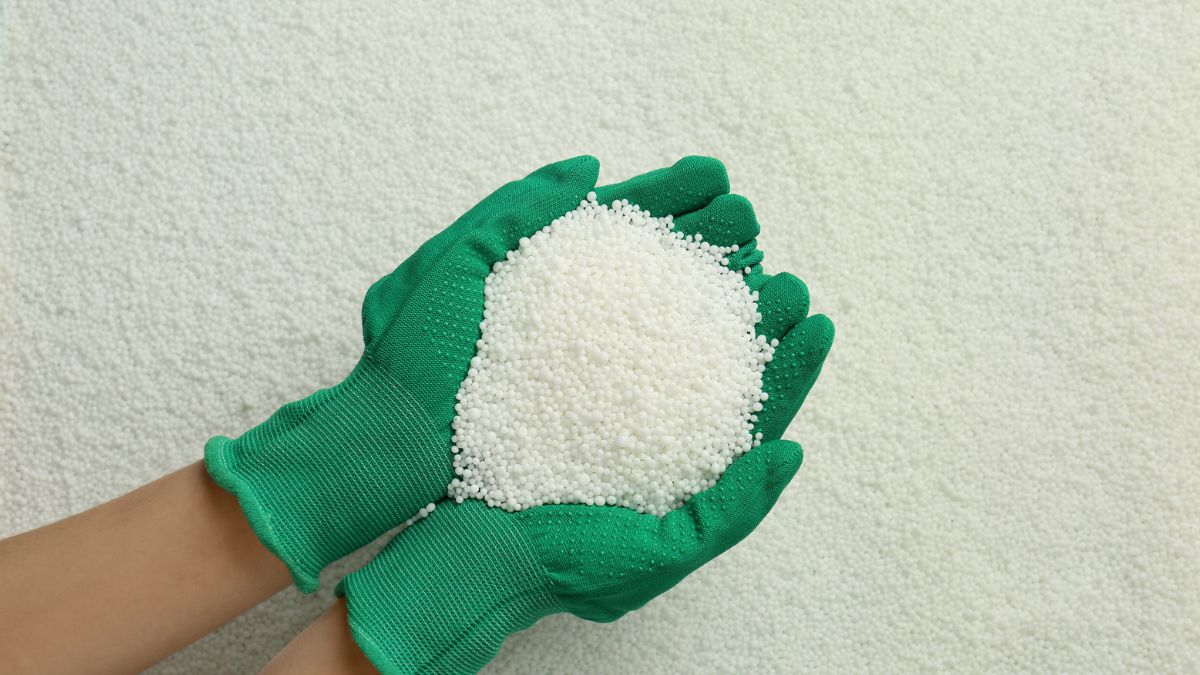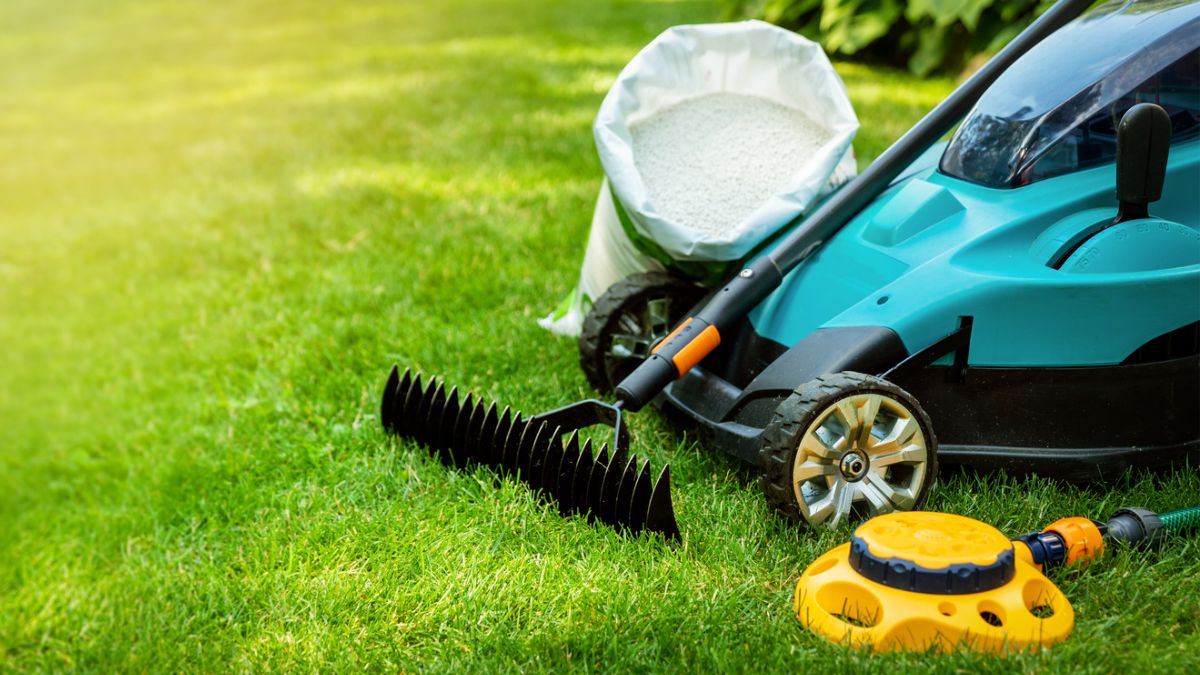A beautiful, lush green lawn is the pride and joy of any homeowner. However, achieving this might not be as straightforward as you might think. Lawn care requires a fine balance of knowledge and patience, with fertilizing playing a pivotal role in this process. It’s an aspect that brings us to the question at the heart of our discussion today – Can you over-fertilize your lawn?
The answer is yes, you can, and the consequences can be quite severe. Over-fertilization can damage your lawn, inhibiting growth and causing a range of other problems. However, these issues can be easily prevented with proper guidance and understanding. In this comprehensive guide, we will explore lawn fertilizing practices, the signs of over-fertilizing, and provide practical tips on how to maintain the delicate balance necessary for a healthy, vibrant lawn.
Understanding Lawn Fertilizing

Fertilizing your lawn is not just about making it look good. It’s about providing your lawn with the essential nutrients it needs to grow and thrive. There are different types of lawn fertilizers available on the market, each formulated to cater to specific nutrient needs and soil types.
Understanding the types of fertilizers and their nutrient composition is crucial to avoid over-fertilizing. Broadly, lawn fertilizers can be classified into organic and synthetic types. Organic fertilizers are derived from natural sources like plants, animals, or minerals. They release nutrients slowly, reducing the risk of over-fertilizing. On the other hand, synthetic fertilizers are man-made and can release nutrients more quickly, but they also carry a higher risk of over-fertilization if not used correctly.
Equally important is knowing how often to fertilize and when the best time to do so is. Generally, it’s recommended to fertilize your lawn a few times a year, typically in the spring and fall. However, the exact timing and frequency can vary based on your grass type, soil condition, and the climate of your area. It is, therefore, essential to tailor your fertilizing schedule to the specific needs of your lawn.
The Art of Lawn Fertilizing: Tips and Schedule
Now that we’ve established a basic understanding of lawn fertilizing let’s delve deeper into some practical tips to ensure that your lawn gets the nutrients it needs without the risk of over-fertilization.
Start by assessing your lawn’s needs. Does it look healthy and vibrant, or does it appear to be dull and patchy? Depending on the appearance of your lawn, you can decide how much and how often it needs fertilization. Remember, more isn’t always better. It’s about finding the right balance.
Next, take a look at the weather. Ideally, you should fertilize your lawn a day or two after a light rain. The moisture helps the soil absorb the nutrients better. Avoid fertilizing during extremely hot or dry periods as this could increase the risk of burning your lawn.
Creating a fertilizer schedule based on your specific lawn’s needs is an essential part of proper lawn care. A grass fertilizer schedule isn’t one-size-fits-all. It’s something you create after considering your grass type, local weather conditions, and the current health status of your lawn. Typically, most lawns benefit from a feeding schedule of two to four times a year. However, a soil test can give you the most accurate information about when and how much to fertilize.
The Consequences of Over-Fertilizing Your Lawn
As with any good thing, too much fertilizer can become problematic. Over-fertilization leads to a high concentration of nutrients in the soil, which can cause ‘fertilizer burn’ or nutrient toxicity. This happens when the excessive nutrients damage or ‘burn’ your lawn’s roots, leading to discolored, brown patches in your yard.
Signs of over-fertilization are not hard to spot if you know what to look for. Your grass may start to turn yellow or brown, and it may start wilting even when watered adequately. The grass blades might develop a striped appearance with alternating green and yellow streaks. Moreover, if you see a disproportionate amount of weeds or pest activity, it could also be a sign of over-fertilization, as some pests are attracted to overly fertile lawns.
Soil Testing Before Fertilizing

One of the best ways to prevent over-fertilizing your lawn is through regular soil testing. A soil test can reveal the nutrient composition of your soil and help you understand exactly what your lawn needs. It’s like a health check-up for your lawn, allowing you to provide precise care and avoid any unnecessary applications of fertilizer.
Soil testing before fertilizing isn’t just a preventive measure. It’s also a crucial tool for those looking to repair an over-fertilized lawn. By revealing the nutrient makeup of your soil, it can guide you toward an effective recovery plan.
In the next section, we will discuss this recovery process in detail. Stick around to learn more about how you can nurse your over-fertilized lawn back to health.
Repair and Recovery from Over-Fertilization
An over-fertilized lawn can be distressing, but it’s important to remember that it’s not the end of the world. With the right approach, you can nurse your lawn back to its lush, vibrant self. Here’s how to repair an over-fertilized lawn and prevent future over-fertilization.
First, if you’ve just applied the fertilizer and realized you’ve overdone it, try to remove as much excess fertilizer as possible. You can do this by raking the area or, in the case of liquid fertilizer, trying to dilute it with water. However, be mindful not to overwater as it might lead to nutrient runoff, which can harm nearby water sources.
Next, monitor your lawn closely for signs of recovery or further damage. If the grass is brown, but the roots are still healthy, there’s a good chance your lawn will recover. But if the roots are damaged, you might need to consider reseeding the affected areas.
During this recovery phase, it’s essential to maintain proper watering practices. You want to keep the soil moist but not waterlogged. Remember, overwatering can be just as harmful as over-fertilizing.
Lastly, consider seeking professional help. If you’re struggling with severe over-fertilization, a lawn care professional can help you address the problem and guide you toward a healthier, greener lawn.
Conclusion
Over-fertilizing your lawn is an easy mistake to make, but with a little knowledge and careful attention, it’s an issue you can avoid. Remember, the key to a lush, beautiful lawn lies not in how much fertilizer you can apply but in understanding your lawn’s specific needs and meeting them accurately.
Regular soil testing, creating a personalized fertilizer schedule, recognizing the signs of over-fertilization, and knowing how to respond in case of an over-fertilization incident are all crucial aspects of responsible lawn care.
With the right balance of nutrients, your lawn can be a thriving, vibrant outdoor space that adds value to your home and joy to your life. So, don’t be disheartened if you’ve made a mistake. Instead, view it as a learning opportunity on your journey toward becoming a lawn care expert.
We hope this guide has been helpful and wish you all the best in your lawn care journey. Remember, the grass isn’t always greener on the other side; sometimes, it’s greener where you water it. Happy gardening!


